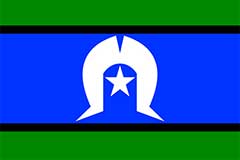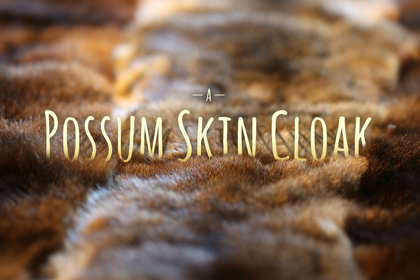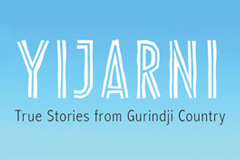Historical newspapers are a very valuable source for family history. Australian newspapers, especially local and country newspapers, published lots of material about individuals and families in their area.
Newspapers often contain information about people that you can’t find anywhere else.
The sorts of information you might find includes births, deaths, funerals, marriages, obituaries, inquests, court cases, social events, church activities, sporting events, legal notices, land sales, advertisements for businesses and military service.
Many researchers find material in newspapers that help them flesh out their family histories, making them more than just lists of names and dates.
While you are more likely to find non-Indigenous people in newspapers, this can be particularly useful when families include both Indigenous and non-Indigenous people.
The State Library of Queensland has produced an excellent online guide Newspapers: family history info guide.
Trove digitised newspapers
The National Library of Australia provides free access to digitised copies of historical newspapers through Trove Digitised Newspapers. More than 180 million newspaper articles are available!
You can search Trove Digitised Newspapers using keywords like your ancestor’s name and the place they lived. You can limit your search in various ways – by date, state, newspaper or article type.
Here are some tips for searching:
- When you search for a name, add a place name to your search. Searching for both a person’s name and place at once might bring up more relevant results. Also try variations of the person’s name (surname, given name, full name, different spellings).
- Try searching using both your ancestor’s name and the term ‘Aboriginal’ or ‘Aborigine’ – for example, ‘Tommy’ and ‘Aborigine’. Newspapers often referred to Aboriginal people by their first names only or by nicknames, using phrases like ‘Tommy, an aborigine’ or ‘the aboriginal Tommy’.
- Try searching using both the name of place your family lived and the term ‘Aboriginal’ or ‘Aborigine’ – for example, ‘Bega’ and ‘Aborigine’. Many newspapers reported in general terms about Aboriginal people, rather than using names of individual people.
- Remember that historical newspapers often reflect the racist attitudes of the white people who wrote and published them. You might find your ancestors described using words that are offensive, or you might find out distressing personal details about your ancestors and their lives.
Read more about using Trove Digitised Newspapers:
- Using Trove: Digitised newspapers
- Using Trove: Searching in newspapers
- Trove tips for family historians
The National Library is continually adding more digitised newspapers to Trove, but not all historical newspapers are available yet. See this list of available newspaper titles. Read on for ideas about accessing newspapers that aren’t available in Trove.
Hard copy newspapers
For newspapers that aren’t digitised in Trove, you will need to visit a library that has original hard copies or microfilm copies. This research can be difficult and time consuming unless you have a specific date and event to look for.
Some newspaper indexes are available, but they probably won’t include the sorts of terms you would want to look up.
State libraries are the best place to look for newspapers that aren’t available in Trove. Copies of suburban or country newspapers might also be held by the local public library, historical society or museum.
- National Library of Australia: Newspapers
- State Library of New South Wales: Newspapers
- State Library of Victoria: How to find newspapers
- State Library of Queensland: Newspapers
- State Library of South Australia: Newspapers
- State Library of Western Australia: WA newspapers
- LINC Tasmania: Tasmanian newspapers
- Northern Territory Library: Northern Territory newspapers
- ACT Heritage Library: Newspaper holdings
Aboriginal newspapers
Newspapers and magazines published by and for Aboriginal and Torres Strait Islander people might be of interest. The following publications are digitised and available online:
- The Australian Abo Call, published by the Aborigines Progressive Association in 1938 (Trove)
- Dawn and New Dawn, published by the New South Wales Aborigines Welfare Board from 1952 to 1975 (AIATSIS)
- Koori Mail, digitised copies are available for issues published from 1991 to 2011 (AIATSIS).
- The Australian Indigenous Index (InfoKoori) from the State Library of NSW is an index to the Koori Mail. It is also an index to biographical information from various magazines including: Our Aim (1907–1961), Dawn (1952–1969), New Dawn (1970–1975) and Identity (1971–1982).
AIATSIS has an extensive collection of Aboriginal newsletters and newspapers. Some were published over many years, some only lasted a few years.




